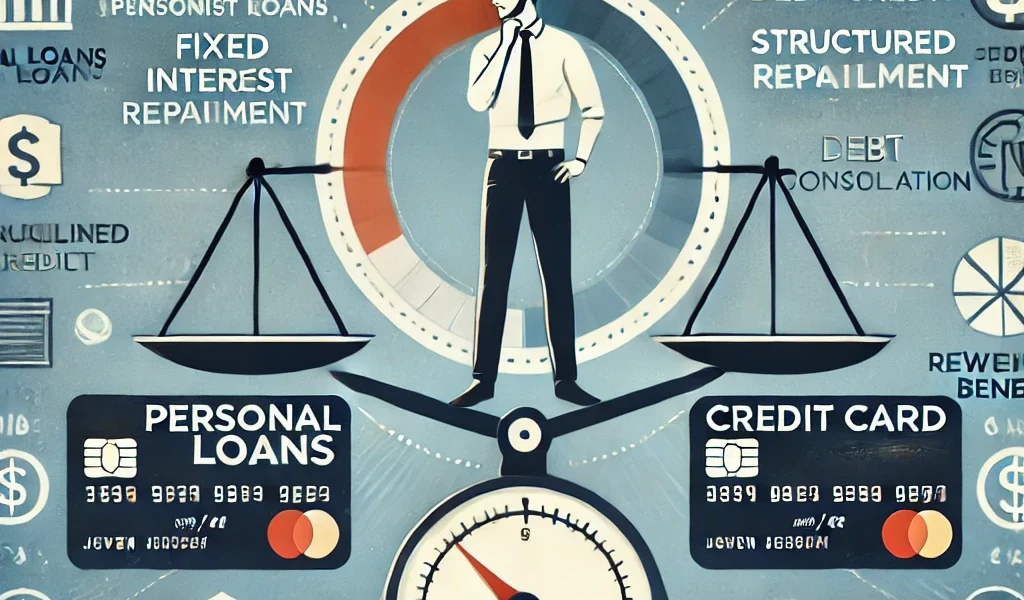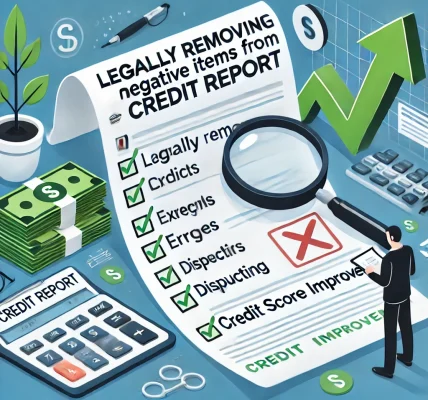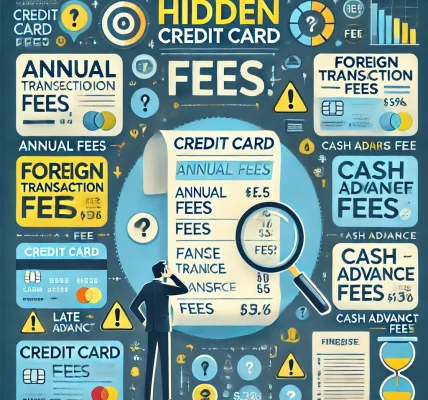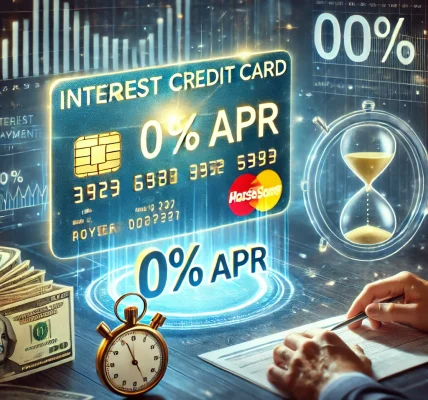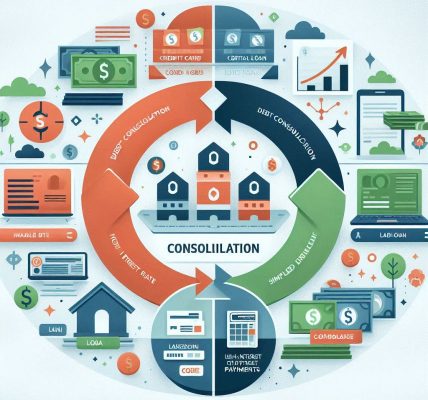Debt management is a critical aspect of financial well-being, and choosing between personal loans and credit cards can significantly impact how effectively you handle your debt. While both options have their advantages and drawbacks, understanding their differences can help you make the right decision based on your financial situation.
In this DIY guide, we will explore personal loans and credit cards, compare their benefits and risks, and provide practical insights into which option is best suited for managing debt.
Understanding Personal Loans and Credit Cards
What is a Personal Loan?
A personal loan is a fixed-sum loan issued by banks, credit unions, or online lenders. It is typically repaid in fixed monthly installments over a set term, ranging from a few months to several years.
Key Features of Personal Loans:
- Fixed interest rates (in most cases)
- Fixed repayment schedule
- Higher borrowing limits
- No revolving credit (funds are disbursed in a lump sum)
What is a Credit Card?
A credit card is a revolving credit line that allows users to borrow money up to a set limit. Users can make purchases and repay the balance either in full or through minimum payments over time.
Key Features of Credit Cards:
- Variable interest rates
- Revolving credit (can be reused once paid off)
- Lower borrowing limits compared to personal loans
- Potential for rewards and cashback
Comparing Personal Loans and Credit Cards for Debt Management
1. Interest Rates & Costs
- Personal Loans: Typically have lower fixed interest rates than credit cards. Average rates range from 6% to 36%, depending on creditworthiness.
- Credit Cards: Usually have higher interest rates, often exceeding 20% APR, especially for unpaid balances.
Winner: Personal Loans (lower and predictable interest rates)
2. Flexibility in Repayment
- Personal Loans: Require fixed monthly payments over a predetermined period. Missing payments can impact credit scores significantly.
- Credit Cards: Allow minimum payments, but carrying a balance accrues high interest over time.
Winner: Credit Cards (more flexibility, but risky due to interest accumulation)
3. Debt Consolidation Potential
- Personal Loans: Excellent for consolidating multiple debts into a single, lower-interest payment.
- Credit Cards: Some offer 0% APR balance transfer promotions, but fees apply, and rates jump once the promotional period ends.
Winner: Personal Loans (better for long-term debt consolidation)
4. Impact on Credit Score
- Personal Loans: Can improve credit mix and build a strong payment history if managed well.
- Credit Cards: Can either boost or hurt your credit score based on utilization and payment history.
Winner: Tie (depends on responsible usage)
5. Borrowing Limits
- Personal Loans: Higher borrowing limits, often up to $100,000.
- Credit Cards: Lower limits, usually $1,000 to $20,000 based on creditworthiness.
Winner: Personal Loans (higher borrowing capacity)
6. Fees & Hidden Costs
- Personal Loans: May have origination fees (1% – 6%) and prepayment penalties.
- Credit Cards: Potential for annual fees, late fees, foreign transaction fees, and high penalty APRs.
Winner: Personal Loans (fewer ongoing fees)
7. Best for Emergency Situations
- Personal Loans: Not ideal for emergencies due to longer approval times (can take days or weeks).
- Credit Cards: Best for immediate expenses since they provide instant access to funds.
Winner: Credit Cards (faster access to funds)
When to Use a Personal Loan for Debt Management
✅ You need to consolidate high-interest debt into a lower-interest option. ✅ You prefer fixed payments with a structured repayment plan. ✅ You need to borrow a large amount and pay it back over time. ✅ You want to improve your credit mix for a better credit score.
Best Use Case:
✔️ Paying off high-interest credit card debt with a structured repayment plan. ✔️ Covering large, planned expenses like home improvements or medical bills. ✔️ Avoiding high revolving debt utilization that can hurt your credit score.
When to Use a Credit Card for Debt Management
✅ You can pay off the full balance each month to avoid interest. ✅ You need short-term credit for smaller purchases. ✅ You qualify for 0% APR balance transfer promotions. ✅ You want to earn rewards, cashback, or travel perks.
Best Use Case:
✔️ Managing smaller expenses with the ability to pay them off quickly. ✔️ Taking advantage of rewards programs for everyday spending. ✔️ Using a 0% APR credit card for a short-term, interest-free loan (if you pay it off before the promo ends).
Final Verdict: Which is Better for Debt Management?
🏆 Personal Loan: Best for Consolidating and Paying Off Debt Efficiently
- Lower interest rates
- Fixed repayment schedule
- Higher borrowing amounts
- Ideal for structured debt repayment
🏆 Credit Card: Best for Short-Term Borrowing and Rewards
- More flexibility in payments
- Immediate access to funds
- Potential rewards and cashback benefits
- Best for small, manageable debt
Key Takeaways:
✔️ If you have a large amount of debt and need a structured repayment plan, a personal loan is the better choice. ✔️ If you need short-term financing or plan to pay off balances quickly, a credit card may be more beneficial. ✔️ Always consider interest rates, fees, and repayment flexibility when choosing between the two. ✔️ Responsible credit management—regardless of the method—is crucial for financial stability.
Conclusion
Debt management is not a one-size-fits-all approach. Your financial goals, spending habits, and repayment ability should dictate whether a personal loan or a credit card is the right choice for you. By understanding the benefits and risks associated with each option, you can take control of your finances and work towards a debt-free future.
